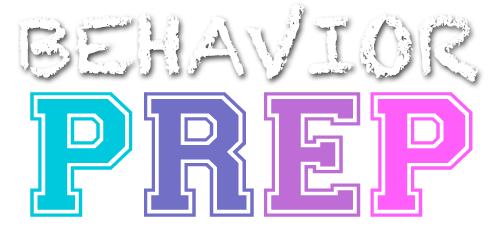B.1 Identify and distinguish among behavior, response, and response class.
In the field of behavior analysis, certain terms are used to describe different aspects of behavior. Let’s define and provide examples for the terms behavior, response, and response class:
Behavior
Behavior refers to any observable and measurable action or activity of an individual. It encompasses a wide range of actions, including physical movements, vocalizations, gestures, and other observable activities. Behavior can be both overt (directly observable) and covert (not directly observable but can be inferred from other behaviors).
Example: Example: A child raising their hand during a class discussion, a dog sitting when commanded, or a person saying “hello” to greet someone are all examples of observable behaviors.
Response
A response is a specific instance of behavior. It is a single occurrence or instance of a particular behavior in each situation. Responses can be identified and measured individually.
Example: In a classroom setting, a student answering a question by saying “5” is a specific response to the teacher’s question. Each time the student provides that answer, it is considered a separate response.
Response Class
A response class is a group of responses that share similar functions or effects. Responses within the same response class produce similar consequences or serve the same purpose. They have common characteristics and tend to have similar effects on the environment.
Example: In the context of language, a response class may include different responses such as saying “hello,” waving, nodding, or giving a handshake. While these responses may differ in their form, they all serve the common function of greeting someone.
It’s important to note that response classes are defined by their functional similarities rather than their physical appearance or topography. Different responses within a response class may look different, but they serve the same purpose or produce similar outcomes.
Overall, behavior refers to observable and measurable actions, responses are specific instances of behavior, and response classes are groups of behavior that serve similar functions or have similar effects. Understanding these terms is crucial for analyzing behavior, identifying intervention targets, and designing effective behavior change strategies in applied behavior analysis.
